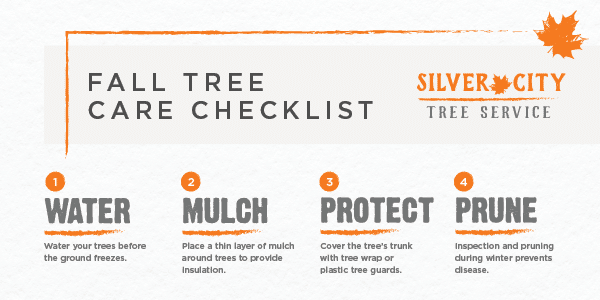Can Trees Be Protected? Indicators For Necessary Tree Removal
Can Trees Be Protected? Indicators For Necessary Tree Removal
Blog Article
read full article Develop By-Lindgaard Holme
If you've ever before wondered about the fate of the trees on your residential or commercial property, comprehending when it's time for removal is vital. But exactly how do you figure out if a tree can be conserved or if elimination is the only option? By searching for particular indications and evaluating safety and security risks, you can make informed decisions that benefit both your landscape and your environments. Allow's discover the essential elements that enter play when making a decision the fate of a tree and exactly how you can ensure the best outcome for your eco-friendly companions.
Indicators of Tree Decrease
If you observe any one of the following signs of tree decrease in your yard, it may be time to think about tree removal.
One typical indication is dead or decaying branches, which can indicate underlying concerns affecting the tree's wellness. Keep an eye out for blemished or shrivelled leaves that continue despite appropriate care, as this could be an indication of illness or parasites.
One more warning signal is excessive leaning or an obvious shift in the tree's base, which may suggest origin concerns or architectural instability. Keep an eye out for fungal development on the trunk or roots, as this can suggest rot and jeopardize the tree's security.
In addition, if you observe large fractures in the trunk or significant limbs, it's important to resolve these issues without delay to avoid prospective risks. Resolving these indications of tree decrease immediately can assist maintain the safety and aesthetics of your yard environment.
Safety Concerns
To guarantee the well-being of your residential or commercial property and those around you, focusing on safety worries related to trees is paramount. Trees can position numerous safety risks otherwise correctly kept. Dead or worn out branches might drop unexpectedly, endangering people or harmful structures.
Leaning trees can additionally be unsafe, particularly if they're leaning in the direction of a building or power lines. Additionally, trees with extensive root systems near foundations or below ground energies can create considerable damage with time.
It's important to on a regular basis check your trees for any kind of indications of prospective risk. Look out for cracks in the trunk, big dental caries, or indicators of condition and decay. If you notice any of these issues, it's finest to talk to an expert arborist to assess the scenario and identify the required strategy.
Taking aggressive actions to resolve safety concerns promptly can avoid crashes and property damages in the future. Bear in mind, the security of your home and those around you need to always be the leading priority when it concerns tree maintenance.
Consulting an Arborist
When considering the health and wellness of your trees, getting in touch with an arborist is a vital step. Arborists are educated specialists that concentrate on the treatment and upkeep of trees. They can assess the overall wellness of your trees, identify any type of concerns such as illness or architectural problems, and supply skilled referrals on the very best strategy.
By consulting an arborist, you can get important understandings right into the condition of your trees and figure out whether elimination is needed. Arborists have the expertise and experience to evaluate the threats related to keeping a tree versus removing it. https://www.lawnandlandscape.com/article/10-design-tips-for-water-conservation/ can likewise provide guidance on alternative options, such as trimming, cabling, or supporting, to aid protect the tree whenever feasible.
Moreover, arborists can assist you navigate any type of local guidelines or allows that may be required for tree elimination. Their know-how can make certain that the procedure is carried out safely and in conformity with any kind of suitable legislations.
Conclusion
To conclude, when determining whether trees can be conserved or if elimination is required, it is important to think about signs of decline and safety and security worries. Consulting an arborist for an extensive analysis is vital in making the most effective choice for the tree's health and wellness and potential hazards. Keep in mind, aggressive treatment and prompt action can help preserve trees and prevent crashes.
